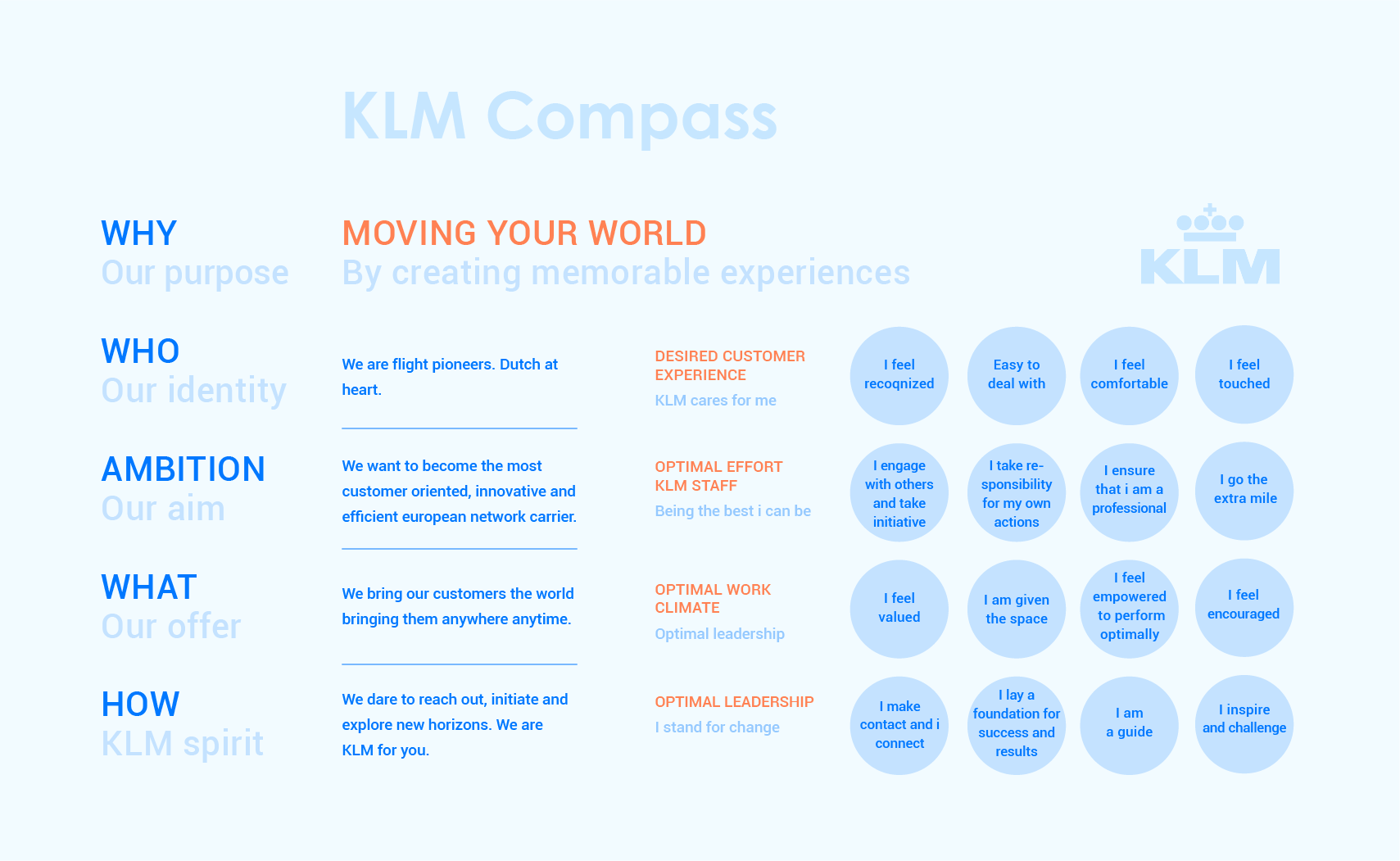What comes to mind when you think of Apple? What comes to mind when you think of Starbucks? And what comes to mind when you think of BMW? Everything which you have just considered is a brand association. But how are these forged, and how can you ensure your brand associations work to the benefit of your organization?
Brand associations are defined as what occurs when company traits are rooted in customer’s minds. For example, when you think or say that you are going to ‘Google’ a topic to find out more information about it, then you are acting on Google’s brand associations, which promote making information accessible to all. These brand associations are so strong that instead of considering searching for information, you just consider the brand’s product.
Similarly, when you want to listen to a particular song or soundtrack and decide to look it up on Spotify, you are making that decision based upon the brand associations of Spotify, which aim to make a wide variety of music accessible for all, based on their brand mission to give millions of fans the opportunity to enjoy and be inspired by music.

Brand associations are extremely powerful, as they impact millions of individuals globally, and ensure these individuals think about the product or organization in the way which the organization desires. But how are these associations achieved?
The science of forming brand associations
Brand associations result from a brand presenting their product or service in conjunction with something that they wish it to be aligned with. It can be a certain visual, such as a logo, or a person, such as a celebrity, or a concept, such as providing information for all (as in Google’s case).
The dual presentation of two concepts is how brand associations are formed. The exact process can be explained by Hebbian theory - a theory which was proposed by Donald Hebb in 1949 in The Organization of Behavior and is supported by more recent neurology and psychology developments. To put it simply, a network effect occurs between neurons in the brain: the more an axon between two neurons is fired, the easier any future transmission will be. In practice, this means the more often two concepts are brought up together, the more likely it is that this association will arise in the future when one of the concepts appears. Crucially, this is a two-way connection, which explains that products bring to mind brand associations, but brand associations also bring to mind products: When you see a Starbucks logo or brand asset you think of their coffee, but when you think of a chain global coffee store, you also think of the Starbucks brand.
These associations show how brand products are recognized, learned, known, and remembered. But what is achieved by brand associations being so memorable?
What do brand associations achieve?
Brand associations achieve brand success. Practically speaking, this means more people will buy your product or service - consumers don’t just want the product or service provided by your brand, they want what it is associated with as well.
It’s rare that a completely new product or service is created - and even when one is, there will often be very similar competitors arriving onto the scene fairly quickly. Brand associations allow your product to stand out from the competition. Take the example of Apple - there are numerous other products available that, arguably, work better than iPhones, but the continued success of iPhones is related to the brand associations of Apple. Luxury, simplicity, and style are associations that Apple has worked hard to forge with their products, and they are seeing the success of this with widespread and continued brand success, as consumers see the brand logo and immediately know the associations of the product and buy into these associations.
It’s vital for organizations to establish their brand in a way that creates these associations. Brand associations stem from the brand values, which in term come from the vision and mission which inform the brand activity. Brands are displayed through how the product or services looks and feels - from what it does and why that’s important, to how that’s depicted, including logos, tone of voice, packaging, and more. Every single brand asset and touchpoint must relate to the brand values in order for brand associations to be clear. The stronger the brand characteristics and brand messaging the more memorable the brand assets will be, and the more memorable the brand assets and brand messaging are, the more likely it is that brand associations will be forged.
It’s easy to quote examples of successful international brands that have historical and deep-felt brand associations already, but it’s more difficult for smaller or newer organizations to understand how to reach these levels. This blog post is good news for you - we’re now going to explain exactly how brand associations are forged through your brand assets. And there are only three steps you need to worry about.
1. Clarity is the vital backbone of brand associations

Clarity is where you need to begin if you want to forge strong brand associations. Just like no one remembers a politician who posits vague, on-the-fence views, no one remembers a brand that isn’t sure what it stands for. Brands are unsuccessful if they have a vague message, or a vague idea of what they stand for. Brands need a strong image and message for success.
Take the example of Airbnb, a relatively new concept and way of staying in rental properties across the globe, which has disrupted the travel booking market. Airbnb is based on the mission that people can belong anywhere and aims to create a world where this is possible. The vision and mission of the brand are expressed with clarity across everything the brand does - from how it stretches internationally, allows for different budget options, connects travelers with named hosts, and offers experiences in different countries. Even the logo of Airbnb suggests connection as it connects into one line drawing a location icon, a heart, a head, and an ‘A’. With such clarity across every touchpoint, it’s evident that the brand associations Airbnb wishes to make are clear: they are clearly stating their brand associations in every design and product decision. It’s no surprise this has contributed to global brand success.

Clarity is the key starting point for brand associations and allows your brand assets to excel as they work together to clearly express the brand identity and intentions. But clarity is only the first step.
2. Consistency across all brand touchpoints

Humans are bombarded by visual and brand messages every day. New products are always developing across every area of our life, from electronics to travel to groceries. And organizations are constantly finding new ways to display their brands - where this was once limited to shops and printed information, the internet now offers countless possibilities for advertisements and campaigns across websites, social media, and even email. As a result, it’s more important than ever that brand assets are consistent. Inconsistent branding will harm the brand associations which you are trying to forge, and allow competitors to be more successful even when they offer a lesser product, simply because they are more memorable. Even though most brands know they must consistently apply their branding, the area where they can fall short is realizing that brand consistency reaches across wide touchpoints. Consistency stretches across all brand messaging, communication and visuals, even encompassing product updates - as Colgate found out to their peril in 1982.
By 1982, Colgate had built strong brand associations - the same ones probably at work in your mind now, as you consider the toothpaste and dental care products that spring to mind at their name. Although this shows strong brand associations, Colgate fell into consistency struggles when they tried to expand their products into a new market: frozen food.
Unsurprisingly, seeing the Colgate brand logo on a box of frozen entrees caused widespread confusion to consumers who had strong associations linked to dental hygiene and a rather minty taste.

Colgate had to learn the difficult way that applying their consistent brand to an inconsistent new product wouldn’t work, as the brand associations already forged meant the inconsistency was glaring. Where a brand has been consistently applied, new products cannot be added without considering whether they are consistent with the brand image. Thankfully, Colgate learned from this mistake and soon dropped the food range, continuing to work with consistent products in the field of dental health.
Consistency across all actions alongside clarity about what your organization stands for empowers your brand assets and enables brand associations in the mind of consumers, but there’s one final pillar.
Read next: Brand consistency: is it really that important?
3. Clear, consistent communication of brand messaging

Communication is perhaps the most important part of branding. Brand communication is how messages are delivered to everyone who interacts with the brand - from employees to consumers to stakeholders. Communicating with every one of these groups, alongside many others, is important for strong brand associations to be forged. Brand communication is the key behavior through which brand associations are forged, and so it’s important that organizations get it right in order to succeed.
One company that provides an excellent example of brand communication is the Dutch airline KLM. Through centering all aspects of the organization around their brand compass, they ensure that all interaction and communication from the company happens in a way that furthers their brand purpose: moving your world by creating unforgettable experiences. In terms of communication, this means that staff and employees ensure they provide the best service possible to customers at all times, with the aim of becoming the most customer-oriented European network carrier. They also ensure that customers feel recognized and comfortable at all times, to ensure they are helping them to create a memorable experience.

Their brand communication isn’t all externally facing, however, as even within the organization itself, leadership intends to encourage, give space and empower, so that those within the organization experience the same KLM as customers do. KLM even goes a step further, and provides external brand communication to those who are not yet customers, through their social media presence, which shares updates and responds to customers, but also shares travel videos and information about their fleet. Communication like this provides experiences and insights even to those who cannot travel, as well as ensuring they are doing everything they can through quick responses to current customers. This presence and communication strengthen their brand associations, as it shows every action is aligned with their brand values and mission.
Strengthen brand associations internally
It’s clear from all the above evidence that brand associations are shown through clear, consistent communication of brand assets and brand values, and how brands reach success through achieving this. However, organizations also need to ensure every single internal action is in line with these external ones. Branding isn’t only important where it’s visible to consumers, but also across every internal touchpoint.
Find out more about how employees can ensure they spread branding throughout every part of their work, and how this can be used to enhance the potential of your brand and contribute to success.




